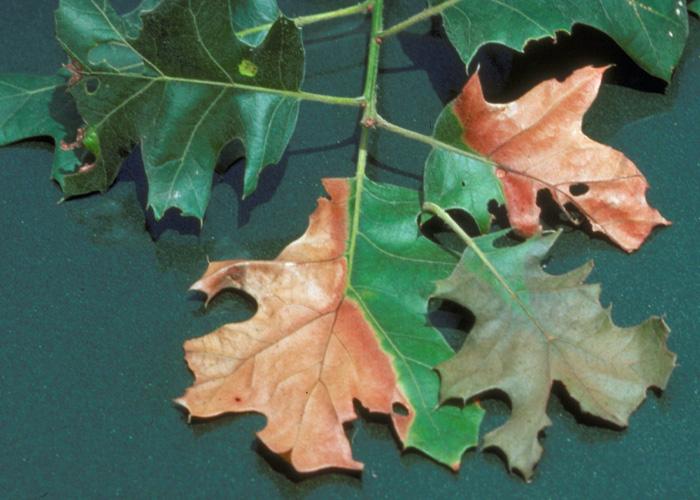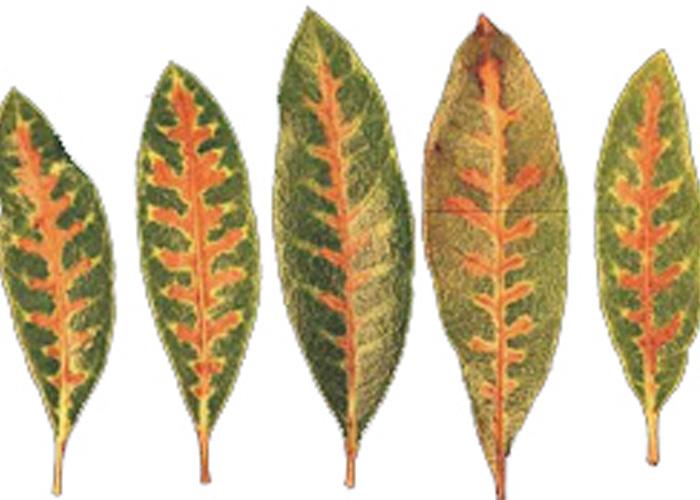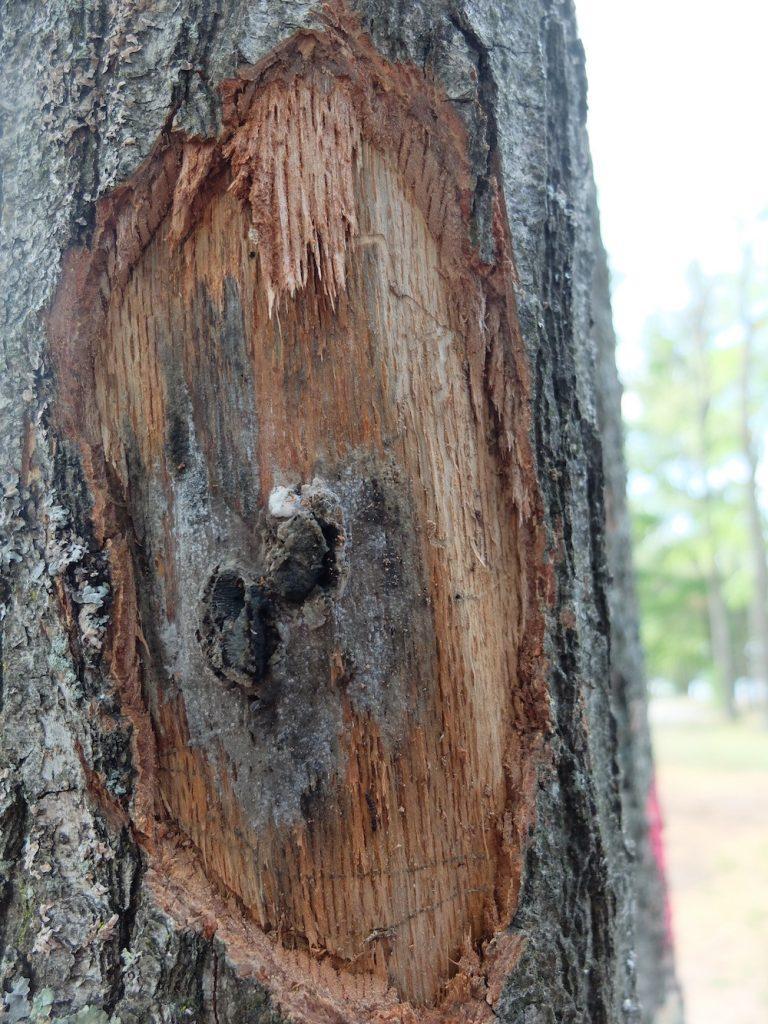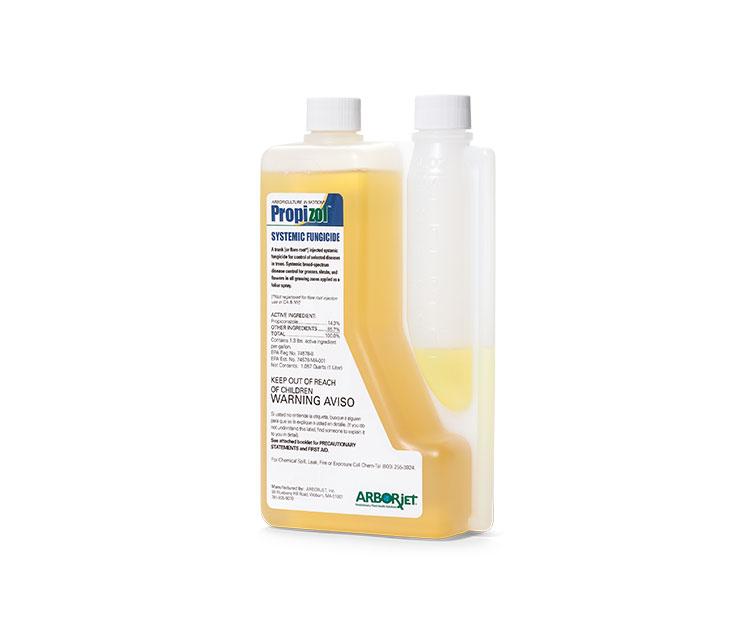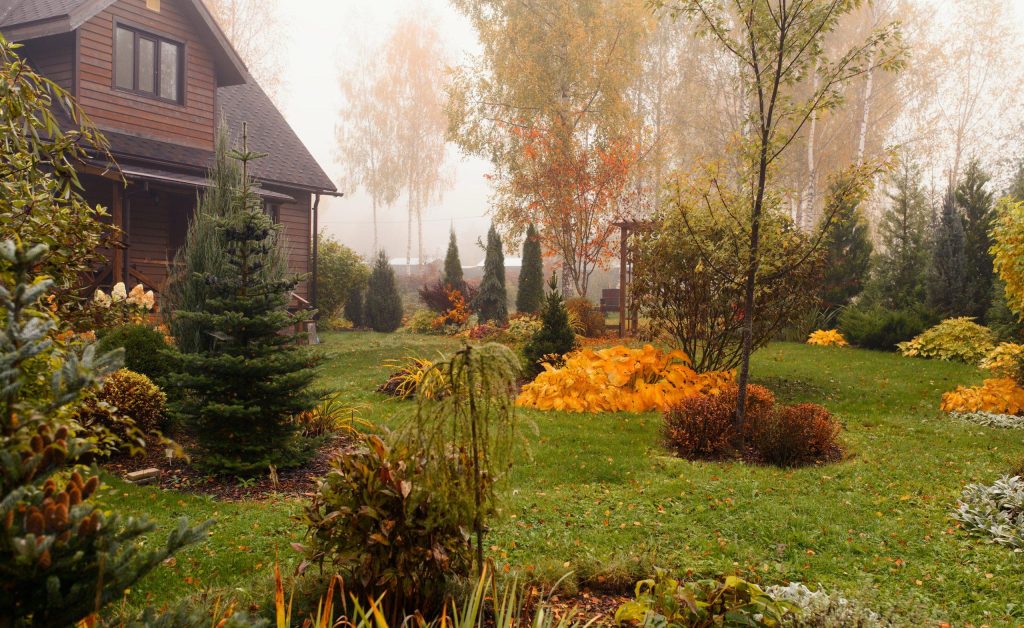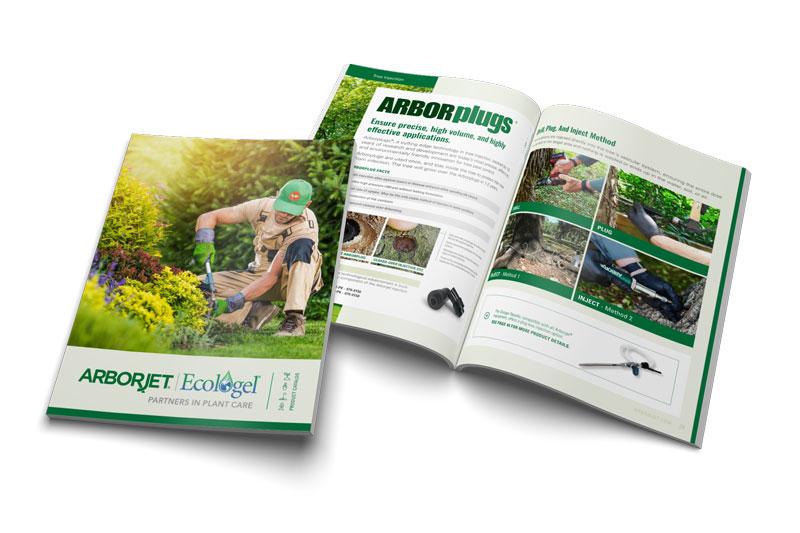Oak Wilt
Oak Wilt (OW) is a disease caused by the fungus Bretiziella fagacearum that is specific to oaks (Quercus spp.).
The fungus is spread through root grafts between neighboring trees and by insect vector (nitidulid beetles) that visit wounds on trees. Red Oaks are particularly susceptible to OW. The infection causes leaf discoloration, defoliation and death in a very short period of time (from two months to one year). Fungal mats will form under the bark and force outwards, cracking the bark of the tree. Southern live oaks, mostly in TX, are also susceptible to OW, while white oaks are more tolerant of infection. Fungal mats will not form and it will take much longer for the tree to succumb to the disease. White oaks will show infected annual rings when viewed in cross section. Live oak and Texas live are intermediate in their susceptibility to oak wilt, but are most seriously affected due to their tendency to grow with vast, interconnected root systems that allow movement of the fungus among adjacent trees.
Common Symptoms
Initial symptoms of OW on red oak will be browning leaves, beginning at the leaf tip and moving downward and inward toward the stem. Whereas, live oak leaves exhibit veinal necrosis: Leaves develop yellow veins that eventually turn brown a symptom. As the disease progresses, limbs will die off. Fungal mats may develop under the bark of red oaks only, pushing the bark out and causing cracks. Untreated, the tree will die, sometimes within a matter of months. During summer months, diseased red oaks can often be spotted from a distance because of their bright, autumn-like coloration in contrast to the surrounding greenery. This symptom is called flagging.
Treatments
We recommend a trunk injection of Propizol® (propiconazole) a systemic fungicide that will suppress Bretiziella fagacearum. Because Oak Wilt is spread through root grafts and insect vectors, Arborjet recommends the treatment of non-infected oaks in close proximity to the infected trees to slow the spread of the disease. When treating multiple trees, it is recommended to disinfect drill bits and injection equipment between trees.
When To Treat
Generally, the best seasons for injection are fall and spring, as uptake occurs when trees are actively transpiring. The environmental conditions that favor uptake are adequate soil moisture and relatively high humidity. Soil temperature should be above 40 °F for trunk injection. Hot weather or dry soil conditions will result in a reduced rate of uptake, so trees should be watered if applications are made when soil is extremely dry.
What To Expect After Treatment
Tree recovery with Propizol will be proportional to the severity of the infection at the time of treatment. Trunk injection of propiconazole will suppress Bretiziella fagacearum and allow the tree to refoliate. Trees should be re-evaluated for retreatment every 18-24 months.
References And Photo Credits
Main photo symptomatic red oak leaves taken by Minnesota Department of Natural Resources Archive, Minnesota Department of Natural Resources, Bugwood.org
Veinal necrosis of live oak leaves from TxDOTOnlineManuals
Fungal matts under bark taken by Monique Sakalidis, MSU

